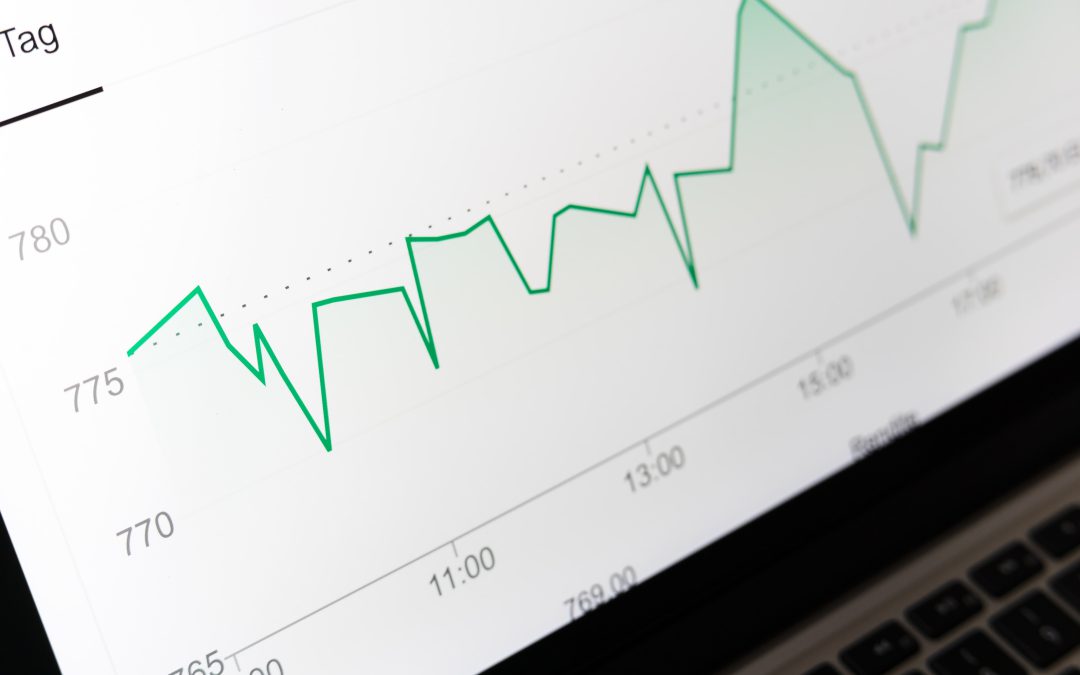At their core, analytics systems are tools to collect data and extract insights from it. With any technology, you need to have a strong comprehension of what information is required for your analytics and what questions you want to ask of that information. To fully utilize the power of advanced analytics, you need to understand the different analytics types and which type will help you achieve your goals.
Descriptive Analytics
Descriptive analytics answer the question, “What happened?”. This type of analytics is the most commonly used by customers, providing reporting and analysis on past events. Descriptive analytics is used to understand the overall performance at an aggregate level. It is the easiest place for a company to start, as data tends to be readily available to build reports and applications. Examples of descriptive analytics include demand trends, key performance indicator reporting, and operational performance reports and dashboards.
Diagnostic Analytics
Diagnostic analytics answer the question, “Why did something happen?”. Diagnostic analytics investigates data to comprehend the main drivers of the events. It helps figure out what elements and events led to a specific outcome. It generally utilizes probabilities, likelihoods, and the distribution of results for the analysis. Gaining insights on customer and market behaviour, employee performance, and fraud detection are examples of diagnostic analytics.
Predictive Analytics
Predictive analytics answers the question, “What will probably happen?”. This type of analytics is used to determine what will probably occur. It utilizes the discoveries of descriptive and diagnostic analytics to distinguish groups and exceptional cases and anticipate future patterns, making it an essential tool for forecasting. Forecasting cash flow, preventative maintenance analysis, and determining staffing capacity needs are excellent examples of predictive analytics.
Prescriptive Analytics
Prescriptive analytics answers the question, “What should happen?”. Prescriptive Analytics is an analysis technique that utilizes information acquired from previous actions. This data is then utilized to predict future actions and can be used to offer suggestions to remove uncertainty, help make decisions and achieve results in the future. Fraud detection is an excellent example of prescriptive analytics whereby bank transaction data is analyzed to detect and report anomalies.
Cognitive Analytics
Cognitive analytics is a relatively newer type of analytics. Cognitive analytics refers to technologies that apply human-like intelligence to specific tasks. It can be challenging to define the field of cognitive analytics due to its rapidly evolving nature. One way to think about it is that cognitive analytics combines advanced analytics with artificial intelligence (AI). Natural language processing, machine learning, and big data analytics are examples of this.
Conclusion
Each of the above types of analytics presents its unique value propositions. Determining which type(s) to use comes down to asking the right questions. Simply extracting all the data you can find into an Excel spreadsheet is not the answer. You must take a strategic approach to get what you need to realize value sooner than later. A well-defined data strategy will help you make the most of your data by ensuring it is used effectively and efficiently. You can make the most of your data to achieve your goals by understanding your goals.
About Citizen39
Citizen39 provides data consulting, including end-to-end data strategy design, planning, and data plan execution. Contact us today to learn more about our approach and how we can help you achieve your strategic goals and objectives with strategic data planning, business intelligence, and other data services.

Recent Comments